Indoor gardening has evolved far beyond a few potted plants on the windowsill—it’s now a full-blown lifestyle that blends wellness, design, and sustainability. In 2025, plant lovers are embracing innovative, stylish, and eco-conscious ways to green up their homes, turning even the smallest spaces into thriving indoor jungles.
From AI-powered grow systems and moss walls to mini food forests, zero-waste hydroponics, and retro plant styling, this year’s trends prove that indoor gardening is as much about aesthetic and function as it is about nurturing nature. There’s a growing focus on biophilic design, air purification, and creating serene, plant-filled sanctuaries that support mental and physical health.
Discover the 20 hottest indoor gardening trends of 2025 and get inspired to transform your home into a living, breathing work of art.
Biophilic Design
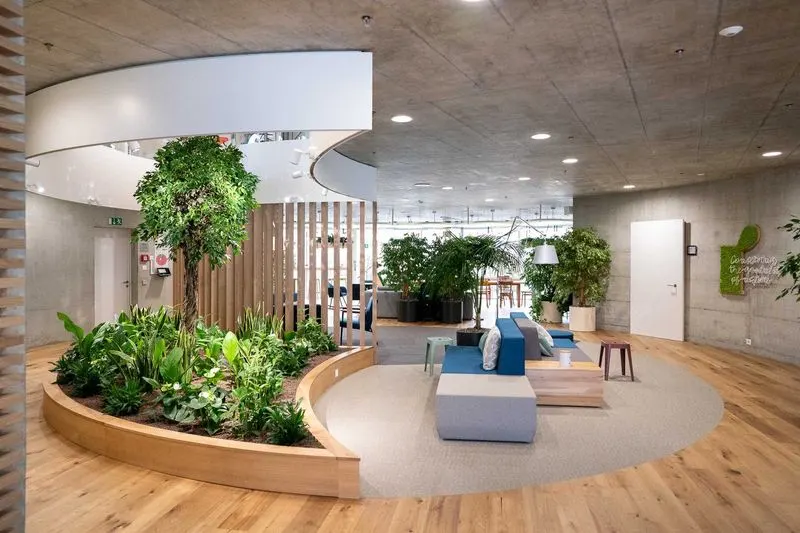
Nature meets architecture in the artful world of biophilic design. By integrating living walls and natural materials, spaces transform into serene retreats. Imagine a home where lush greenery cascades from walls and natural light floods every corner. This approach not only enhances aesthetic appeal but is also linked to promoting wellbeing. The secret is in the balance between nature and structure, creating an indoor haven that breathes life. With biophilic design, your home becomes a canvas where nature paints its masterpiece.
AI-Assisted Gardening Tools
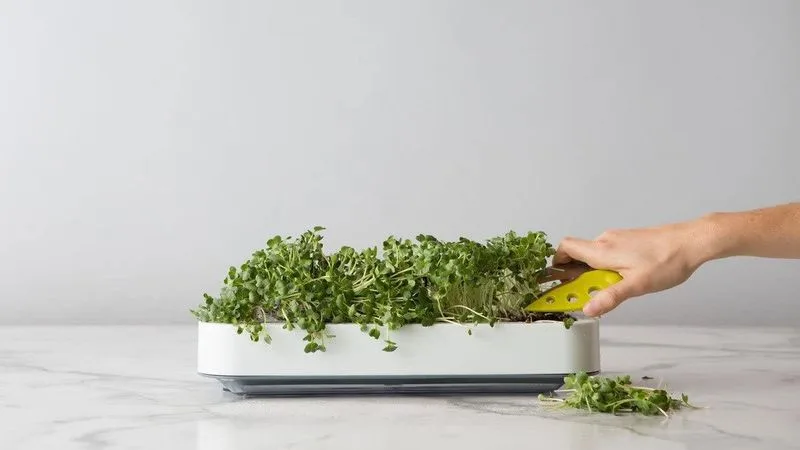
2025 brings technology to your fingertips with AI-assisted gardening tools. These innovations offer more than convenience; they provide precision and efficiency. Picture an intelligent system that monitors soil moisture and suggests optimal watering times. With machine learning, these tools adapt to plant needs, ensuring thriving greenery in any indoor setting. Embrace the future where your garden virtually manages itself, leaving you to enjoy the beauty without the guesswork. AI in gardening makes sophisticated care accessible to all, from beginners to seasoned horticulturists.
Hydroponic Systems
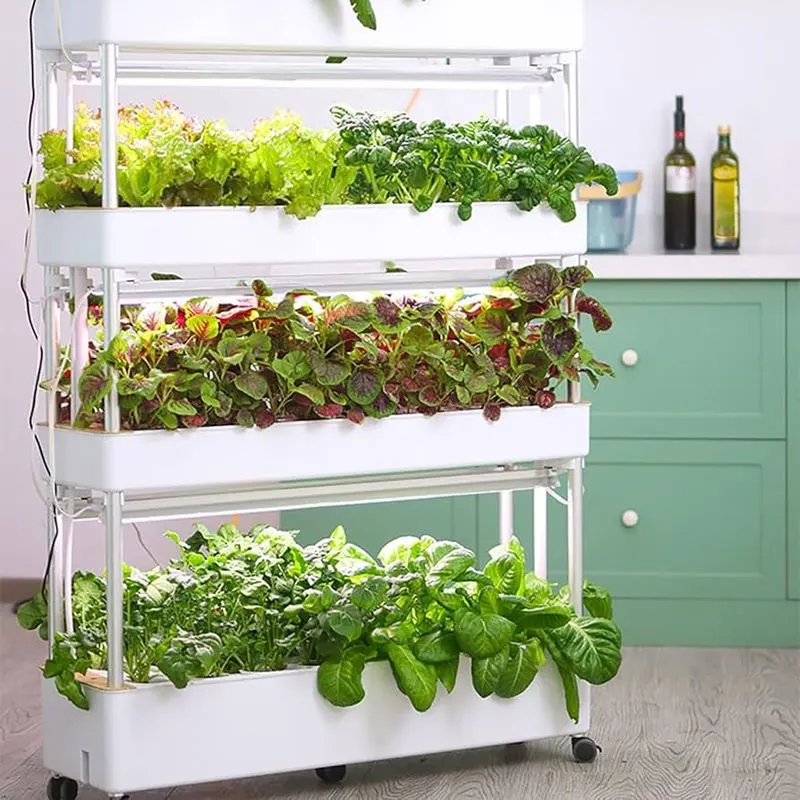
Hydroponics elevates indoor gardening by eliminating soil and using nutrient-rich water solutions. This method maximizes growth space and efficiency, ideal for urban dwellers with limited room. Picture a thriving vertical garden of fresh herbs, vibrant greens, and even fruits, all flourishing without traditional soil constraints. With hydroponics, the focus is on sustainability and yield, offering a modern solution to urban agriculture. As more embrace this technology, indoor gardens become not only feasible but endlessly diverse.
Smart Plant Sensors

Imagine receiving a notification on your phone alerting you that your fern needs water. Smart plant sensors are revolutionizing plant care, offering real-time data on soil conditions, light exposure, and humidity levels. These devices empower gardeners to make informed decisions, ensuring plants receive exactly what they need. The integration of technology with nature simplifies the nurturing process, making green spaces more accessible and thriving. As these sensors become mainstream, the guesswork of plant care fades, replaced by precision and confidence.
Sustainable Plant Pots
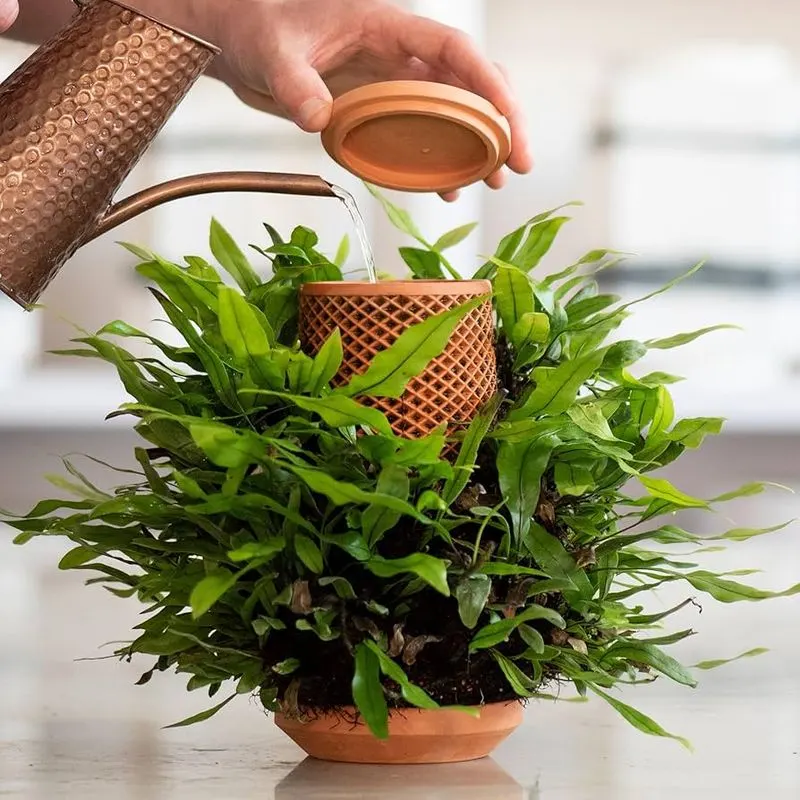
In 2025, sustainability is at the forefront of indoor gardening. Plant pots crafted from recycled materials offer both style and eco-consciousness. These pots, available in a myriad of designs, allow gardeners to make environmentally friendly choices without compromising on aesthetics. The trend emphasizes a circular economy, repurposing waste into beautiful containers for your favorite plants. This approach doesn’t just decorate your space, it tells a story of innovation and responsibility, merging function with ecological mindfulness.
Vertical Gardens
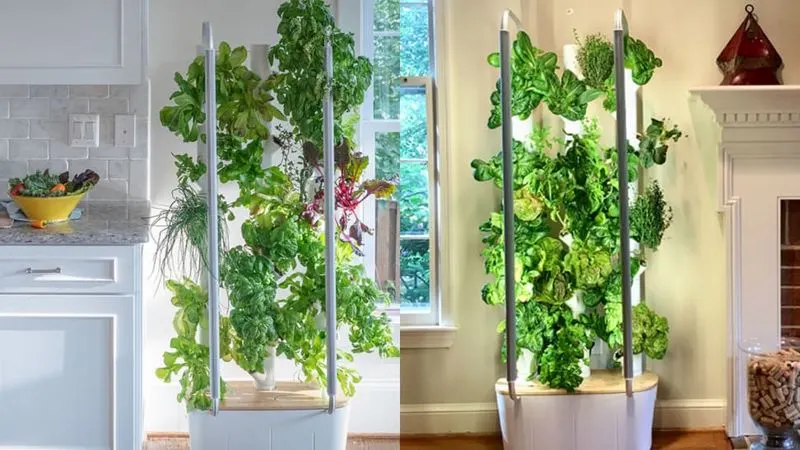
Vertical gardens redefine how we use space, turning bare walls into living canvases. These installations provide a burst of color and life, transforming interiors into dynamic environments. With options ranging from simple DIY setups to elaborate designs, vertical gardens cater to various tastes and skill levels. They offer a practical solution for those with limited floor space, while also contributing to improved air quality and aesthetic appeal. A vertical garden isn’t just about plants; it’s about reimagining your indoor landscape.
Indoor Plant Terrariums
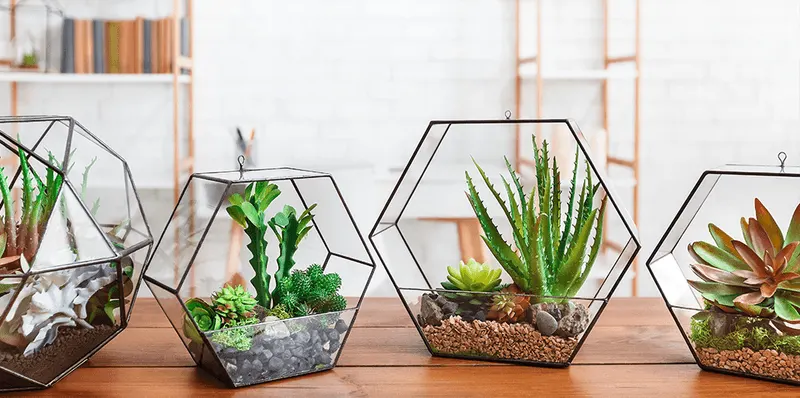
Terrariums bring a slice of nature indoors, encapsulating ecosystems within elegant glass forms. These miniature gardens require minimal maintenance, making them perfect for busy lifestyles. Their compact size and self-sustaining nature make them ideal for desks and small spaces, adding a touch of tranquility and greenery. The allure of terrariums lies in their ability to create a microcosm of nature that thrives with little intervention. As decorative pieces, they offer a beautiful and effortless way to integrate plants into modern living.
Air-Purifying Plants
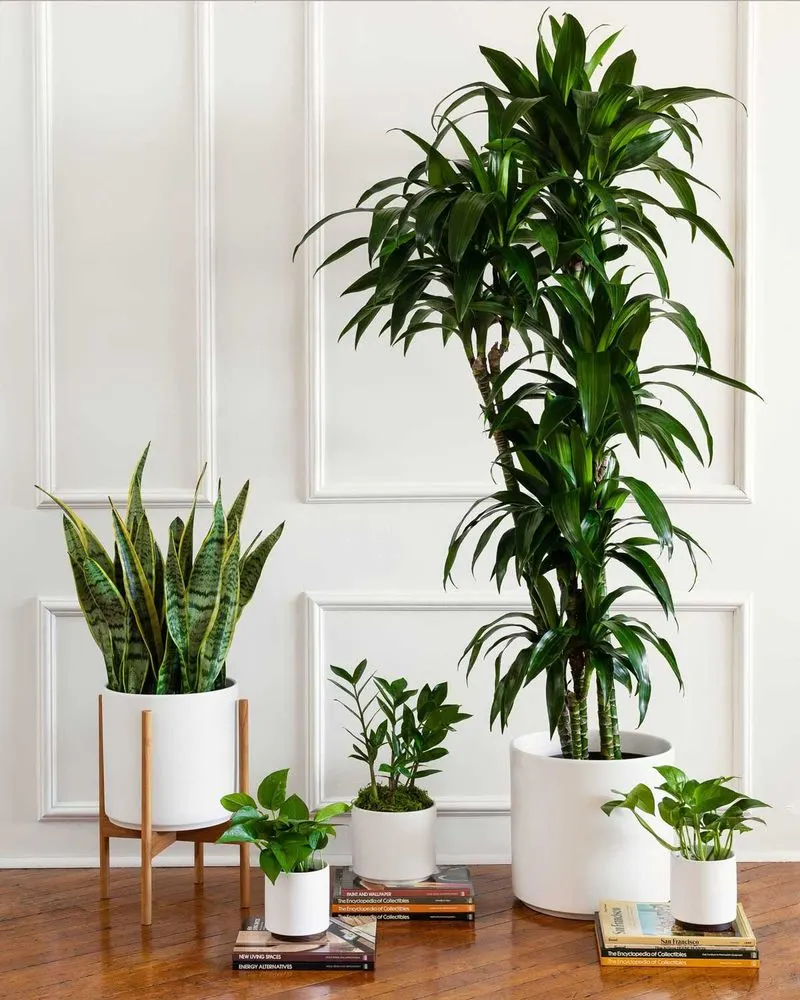
Houseplants with air-purifying abilities continue to capture attention. In 2025, the focus on clean indoor air quality remains strong, with certain plants leading the charge. Varieties like snake plants and peace lilies not only beautify spaces but also help filter toxins. These green companions contribute to a healthier living environment, especially important in urban settings with limited ventilation. Choosing air-purifying plants means selecting health and style, creating a sanctuary that is as refreshing as it is visually appealing.
Edible Indoor Gardens
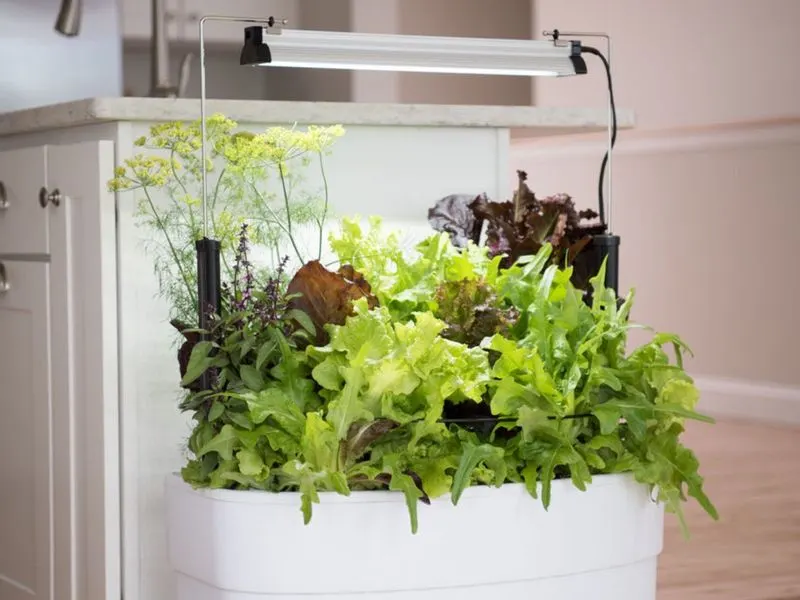
Edible gardens bring the farm to your windowsill, providing fresh produce right at home. In 2025, this trend is about more than just convenience; it’s a lifestyle choice promoting health and sustainability. Imagine snipping fresh basil for a caprese salad or harvesting cherry tomatoes for dinner. These gardens can fit any space, from small shelves to dedicated kitchen corners. The joy of growing your own food adds flavor and satisfaction to everyday meals, connecting you to nature in the most delicious way.
Moss Walls
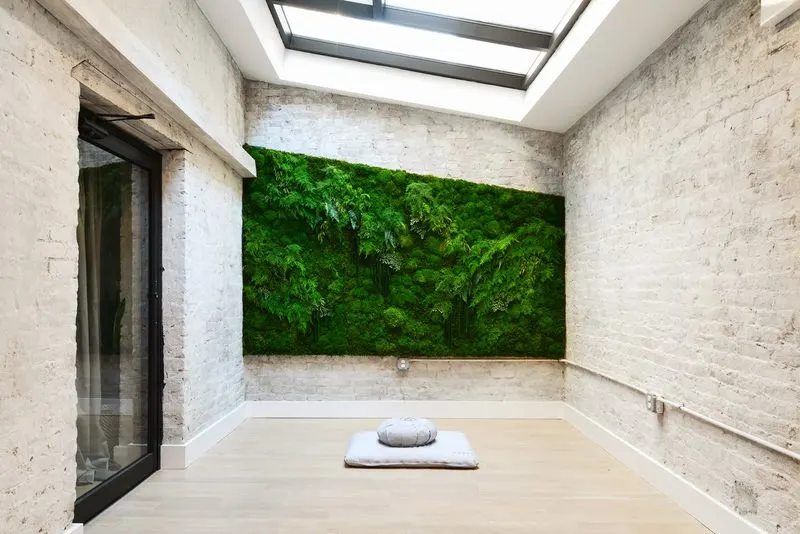
Moss walls offer a distinctive way to introduce greenery indoors, requiring minimal maintenance and no soil. These installations bring texture and color to spaces, creating a calm and inviting atmosphere. As natural sound absorbers, they enhance acoustic comfort in open-plan areas. Their resilience and ability to thrive without direct sunlight make them perfect for spots where other plants might struggle. Moss walls are more than a decorative choice; they are an innovative solution for modern interiors seeking tranquility and elegance.
Self-Watering Planters
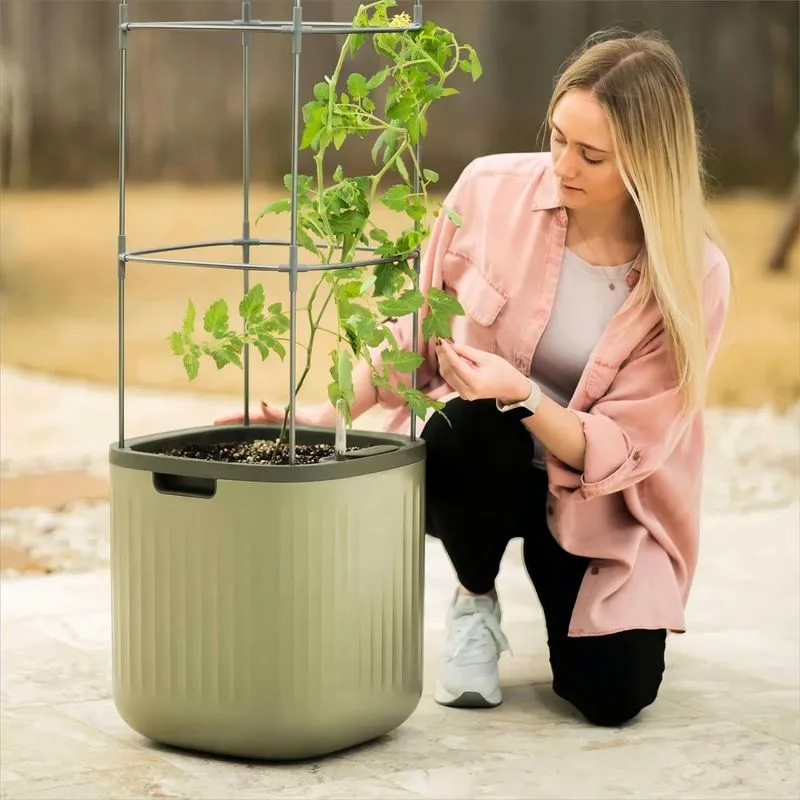
Busy lifestyles demand solutions like self-watering planters, which provide consistent moisture to plants without constant attention. These planters feature reservoirs that release water gradually, catering to plant needs over time. Ideal for those who travel or have hectic schedules, they ensure greenery remains lush and vibrant. The sleek designs complement any decor, making them a stylish addition to any room. With self-watering planters, the joy of indoor gardening becomes accessible, offering peace of mind and thriving plants with minimal effort.
Natural Light Optimization

Optimizing natural light is key to successful indoor gardening, and 2025 sees innovative approaches to this challenge. Strategic placement of plants near windows and the use of reflective surfaces enhance light exposure, encouraging robust growth. By understanding the light needs of different species, gardeners can better position their greenery to thrive. This trend emphasizes the importance of natural illumination in creating healthy, vibrant indoor landscapes. It’s about harmonizing plant needs with the existing architecture, resulting in spaces that are both functional and beautiful.
Indoor Water Features

Water features indoors add tranquility and a touch of luxury, turning your space into a peaceful retreat. The sound of gently flowing water creates a soothing ambiance, complementing lush surroundings. These features can vary from simple tabletop fountains to elaborate indoor waterfalls, catering to different tastes and spaces. Besides aesthetics, they also help humidify the air, benefiting plant health. Integrating water elements into your indoor garden combines sensory appeal with practical benefits, enhancing both the atmosphere and the wellbeing of your greenery.
Colorful Foliage
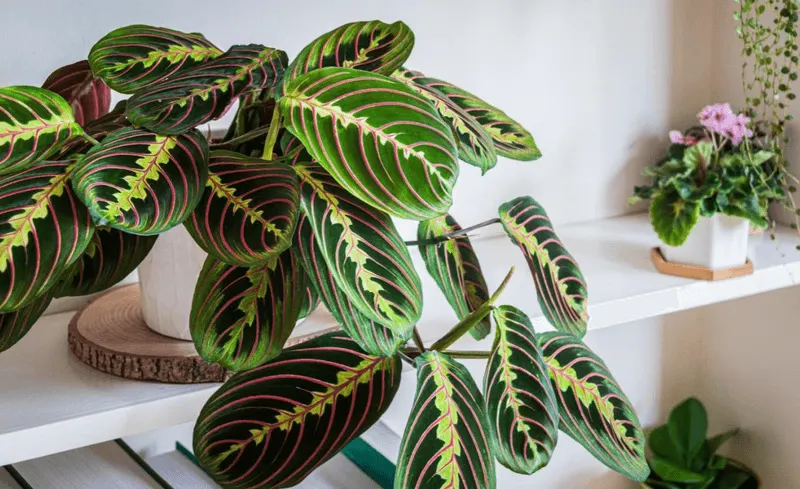
In 2025, foliage is not just green; it’s a palette of colors that transform interiors into vibrant masterpieces. Plants like calatheas and crotons bring hues of purple, red, and yellow, offering visual interest and variety. These colorful companions add personality to any space, breaking the monotony of traditional greenery. It’s about creating an artful arrangement that speaks to personal style and mood, while still offering the benefits of indoor plants. This trend encourages creativity, inviting you to play with colors and patterns.
Minimalist Indoor Gardens
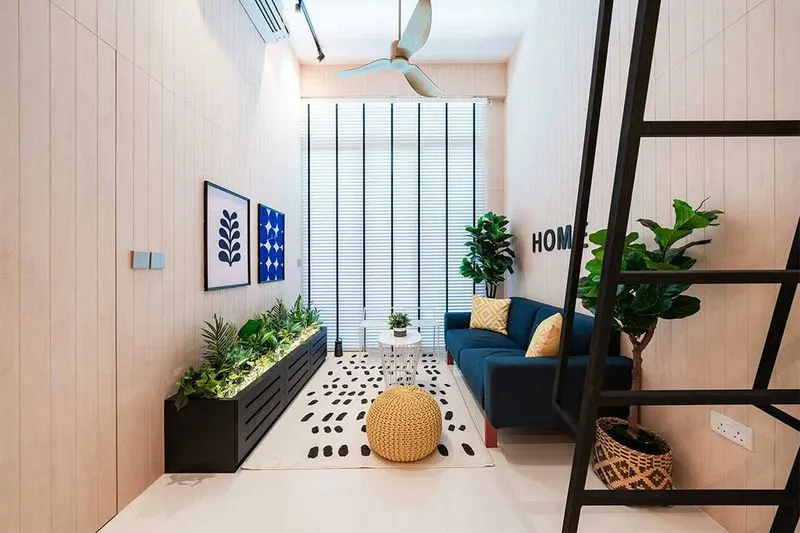
Minimalism in indoor gardening focuses on simplicity and intentional design. It’s about choosing fewer plants with greater impact, like a single, striking fiddle leaf fig in a sleek pot. This approach emphasizes quality over quantity, creating serene environments with uncluttered beauty. The minimalist trend aligns with contemporary aesthetics, favoring clean lines and subtle elegance. It’s an invitation to appreciate each plant’s unique form and character, enhancing spaces without overwhelming them. For those valuing simplicity and clarity, this trend offers a refreshing take on indoor greenery.
Plant-Based Aromatherapy

Harnessing the natural aromas of plants for aromatherapy is a rising trend in 2025. Plants like lavender and eucalyptus not only enhance decor but also infuse spaces with calming scents. This integration of plants and aromatherapy creates an environment conducive to relaxation and wellbeing. Essential oil diffusers further amplify this effect, distributing fragrances that soothe and invigorate. It’s about merging sensory pleasure with functional design, transforming homes into holistic retreats where mind and body find harmony.
Indoor Bonsai Gardens
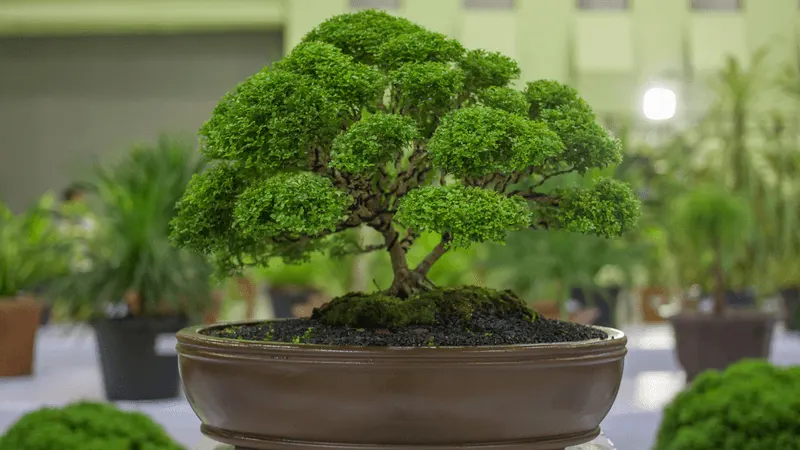
The art of bonsai brings a touch of Zen to indoor gardening, offering miniature landscapes that captivate and calm. These living sculptures require patience and precision, reflecting the gardener’s vision and care. Bonsai trees not only decorate but also teach mindfulness, encouraging a connection with nature through deliberate practice. Their presence adds a unique character to any room, inviting moments of contemplation and appreciation. In 2025, bonsai gardens symbolize a fusion of art and horticulture, enriching spaces with beauty and tranquility.
Urban Jungle Aesthetic
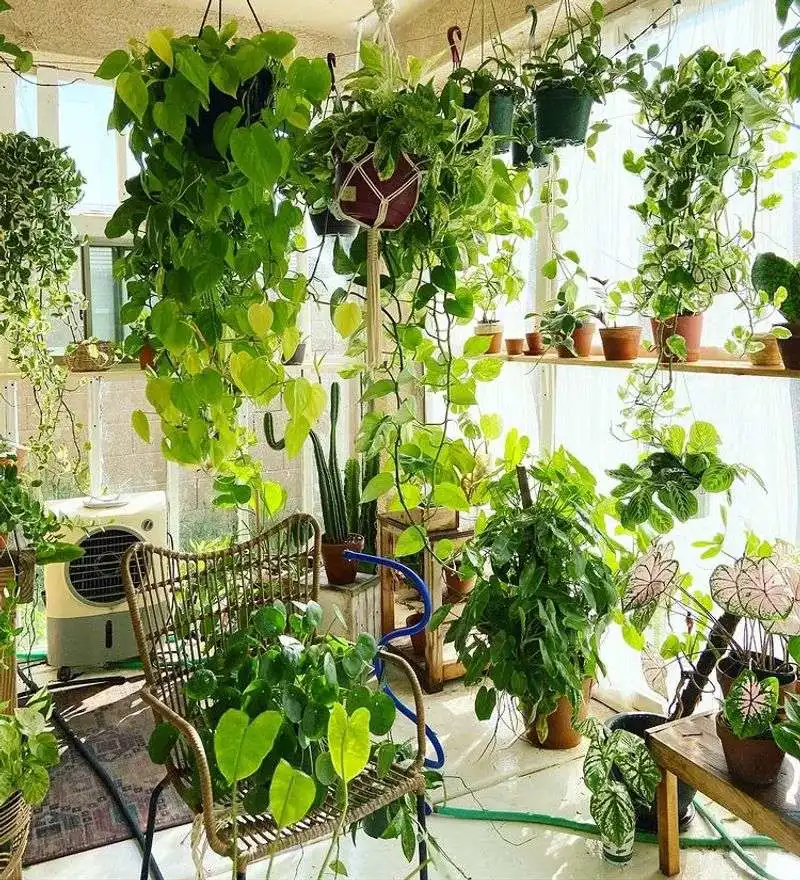
The urban jungle aesthetic is all about abundance, where a variety of plants coexist to create lush, immersive environments. This trend embraces the wild side of indoor gardening, encouraging diversity and density. It’s about layering textures and heights, transforming rooms into verdant retreats. Each plant contributes to the overall tapestry, creating a dynamic, ever-evolving landscape. The urban jungle is more than a decor choice; it’s a lifestyle that celebrates nature’s exuberance, offering a refreshing escape from urban life within your four walls.
Fairy Gardens
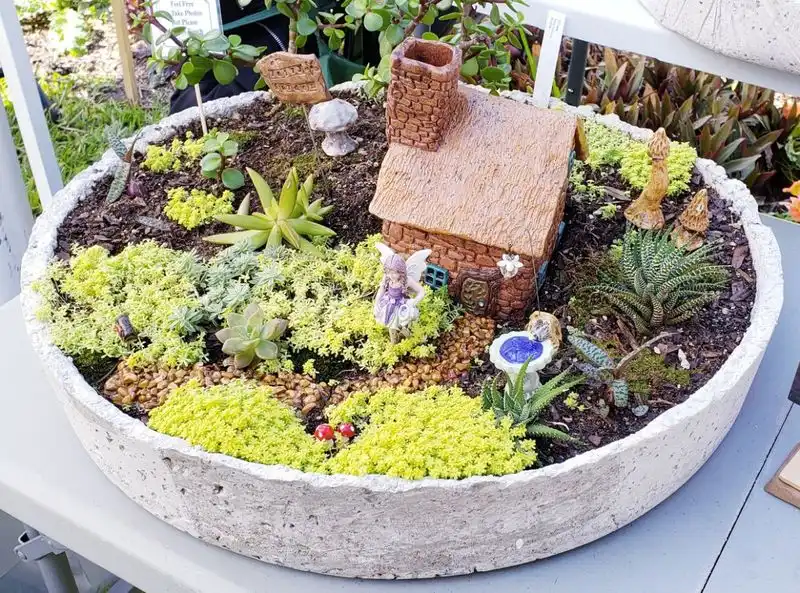
Fairy gardens introduce whimsy and imagination into indoor spaces. These miniature landscapes feature tiny plants and accessories, creating enchanting scenes that delight and inspire. They encourage creativity, inviting gardeners to craft personal narratives within a pot. Each element, from little houses to miniature bridges, adds a playful touch that charms both children and adults. In 2025, fairy gardens bring fantasy to life, offering a unique way to engage with plants and design. They transform ordinary pots into magical worlds, sparking joy and wonder.
Zen Gardens
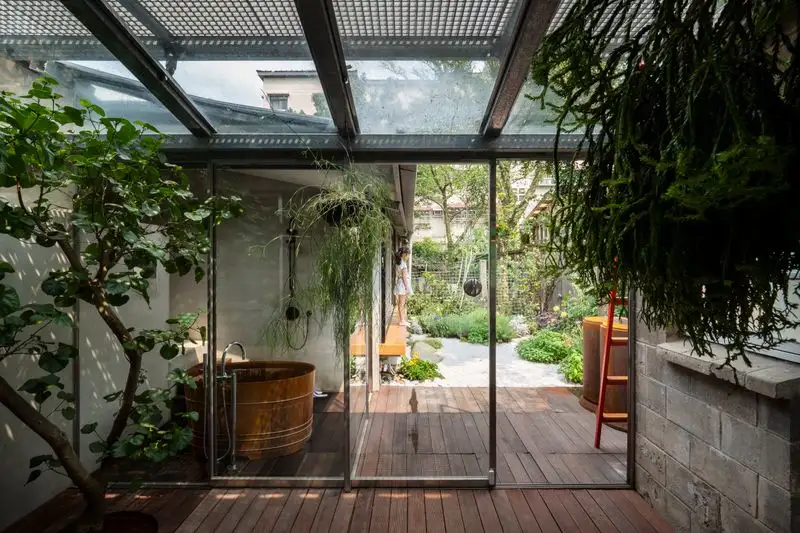
Zen gardens indoors offer a space for reflection and tranquility, combining elements like sand, stones, and carefully pruned plants. These gardens are designed to be meditative, encouraging mindfulness through simplicity and balance. The act of tending to a zen garden becomes a ritual of calm, aligning mind and environment. In 2025, indoor zen gardens provide a personal retreat, a corner of peace in a bustling world. They embody the philosophy of minimalism and mindfulness, offering a sanctuary for thought and restoration.

